Online shopping provides a quick and convenient way to purchase products, and this is especially true for the...
Bariatric Walkers, Crutches and Rollators
Bariatric walkers, crutches and rollators help individuals weighing 300 lbs. and over maintain mobility and independence. To provide this level of support, our heavy-duty walkers, crutches and rollators are made of durable steel or aluminum. Weight capacities among our bariatric mobility devices and aids vary, but some hold as much as 650 lbs.
We also carry accessories for walkers, rollators and crutches, including crutch tips, underarm cushion
The Differences between Bariatric Walkers, Rollators and Crutches
All mobility aids support individuals as they stand and travel from point A to point B. The type of aid ultimately hinges on the user’s upper and lower body strength. Among these solutions:
- Bariatric walkers are built to create multiple points of contact with the ground for greater stability. Patients don’t need to lift their walker like they do to operate a cane or crutch.
- Bariatric rollators also have a wheeled base and hand brakes, plus an included seat. This arrangement lets someone needing more support still get speed and take a break after a certain point.
- Canes are one of the most common and affordable mobility aids. With one or multiple points of contact with the ground, a cane lessens pressure placed on joints and helps the user improve their balance.
- A crutch fulfills a similar role as a cane. Used temporarily or long term, it helps shift weight from the legs to the upper body. Models range from underarm crutches placed in the armpit to forearm and gutter crutches, both of which slip around the arm.
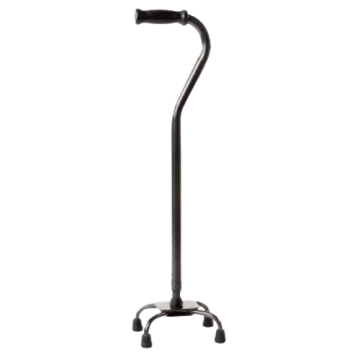
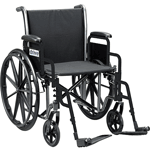
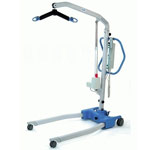
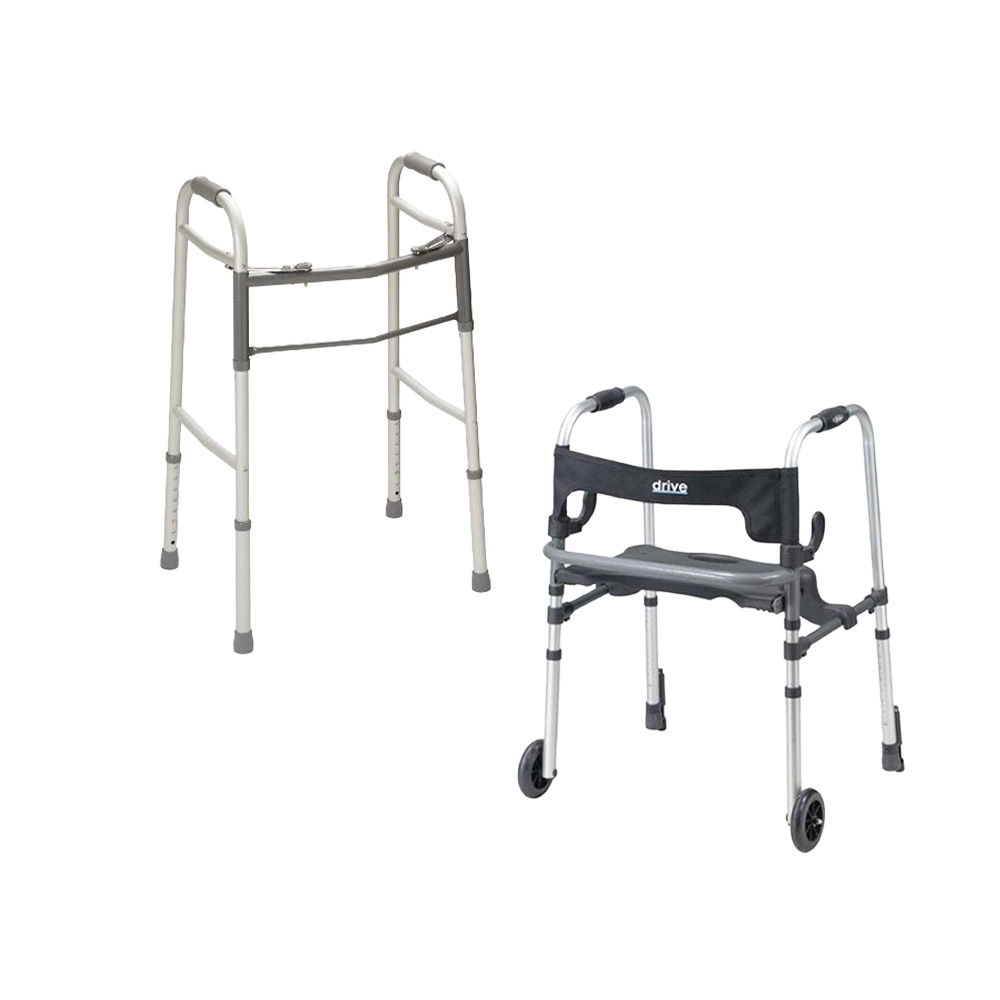
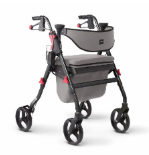
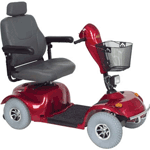
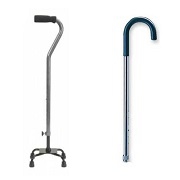
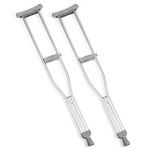

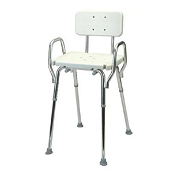
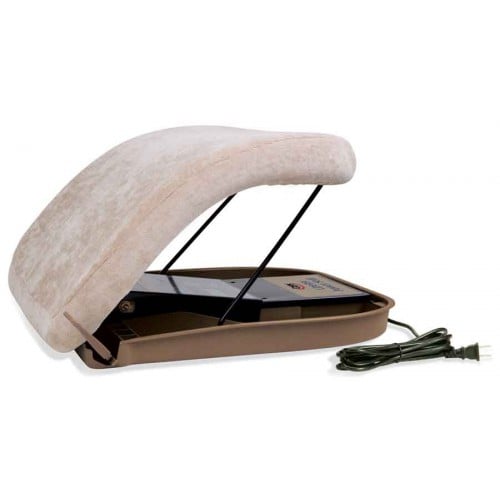
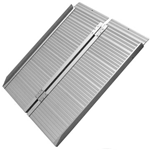
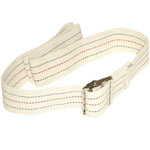
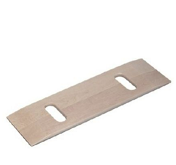

Login and Registration Form